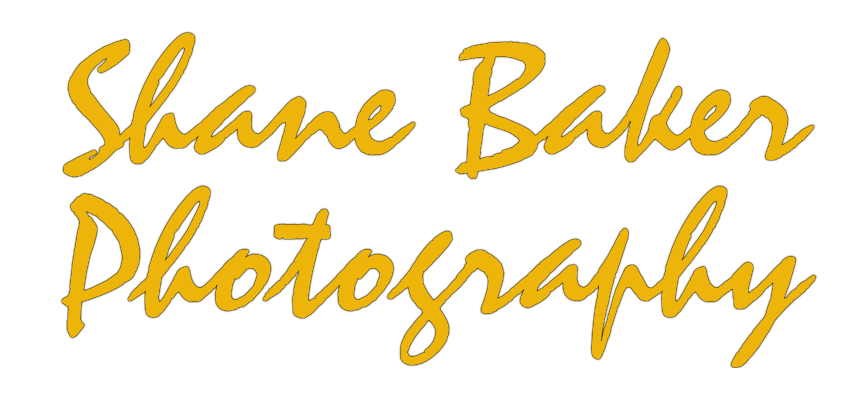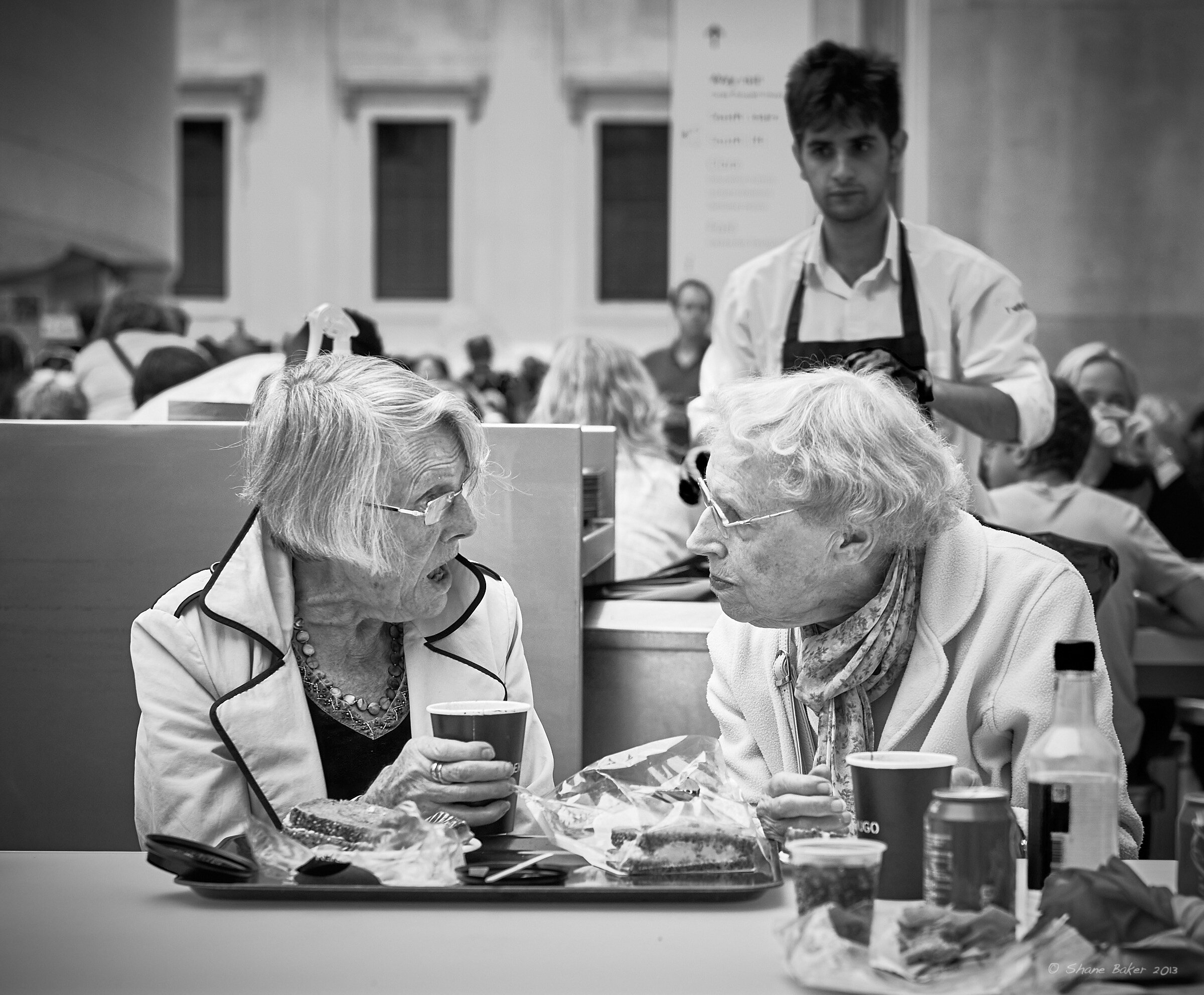Do you need a photo editing application?
Do you need photo editing software? Well, you will be shocked to learn that I think you do. You need to be able to edit your images.
I suppose I should justify that statement. To my mind, there are three benefits of having photo editing software:
making it possible to shoot raw,
allowing you to tidy and and generally improve your photos, and
providing a keywording and search capacity so you can find particular images
Let’s look at each in turn.
Firstly, shooting raw will give you much greater capacity to photograph contrasty or otherwise difficult images. There are many articles and videos on this subject, and apart from a handful of authors arguing for JPEGs as a bit of click bait (in my humble opinion), I doubt if you will find many photographers advocating the use of JPEGs.
I’ve written a blog myself on this subject, but if you quickly want to see the difference between a raw shot and JPEG shot before and after processing, then I’ve made this table.
The two images were made simultaneously using my DJI Mavic 2 drone, and processed in Capture One Pro. Apart from the crop which was copied from the raw to the JPEG, the rest of the processing was done according to the needs of each image - albeit in about 90 seconds in each case. I hope you’ll share my view that while the two unprocessed images at the top are more or less equal (if different), the final processed raw image on the bottom left is superior to the processed JPEG on the bottom right - especially in the difficult areas around the setting sun.
The second advantage is that you can tidy up images out of camera. This might mean a crop, or straightening of an horizon or maybe a little localised lightening and darkening.
As an example, compare these two images.
The first image is more or less straight out of the camera. It’s a candid made in the British Museum in London, and as is always the way in those cases, I had to grab what I could get.
That left me with someone’s head looming in on my right, a bag on the left, and a fair bit of clutter in the background. Apart from that, it’s not bad - but it needed tidying up, so I initially cropped and straightened it and then decided to convert to black and white, with this result:
The nett result is a better image. The frame is now filled with the two women deep in conversation and by taking out the colour, I’ve also removed that red coke can which will always draw the eye away from the subjects.
Another more involved and more subtle edit (which I hope you will be able to see when this is placed on the web) is this image at Notre Dame in Paris in happier days: pre-fire and pre-COVID.
The bright areas on the right were a little distracting so I darkened it down a tad, the woman was conversely brightened just a little, and the overall image was warmed up a little as the colour in the original was slightly blue - or cool.
Was all this necessary? Maybe not, but I prefer the processed image - and the process only took two or three minutes.
Anyway … let’s move on to the third advantage: cataloguing your images. Or let me put that another way: being able to find your images after you’ve made them.
Anyone who knows me knows I have a bit of thing about protecting images, which I guess comes in part from my interest in family history. I’ve blogged about this in the past, so I’ll say this quickly: we don’t know the value of an image when we make it. Any image, even your snaps, may be of value in the future - either to your family or the wider community. Some of the photos in my possession that come to mind include:
slides (yes, 35mm Kodachrome slides) of Canberra in 1976 showing the National Gallery of Australia under construction and the Royal Canberra Hospital which has since been demolished.
a photograph made around 1950 of my grandmother with an expression which is so much like one of my sisters that it’s frightening.
an image of a greatly loved dog made a few hours before she died.
many images of my daughter.
All these image files are stored on my Mac and backed up three times, so they’re safe. But they’re only useful if they can be found - which brings me to keywording your images. Those of us of a certain vintage can remember the days of boxes of prints in the bottom of the linen press or wardrobe. They were kept, often with the negatives, but the only way to find a particular image was to plough through all the photos. This rarely happened.
This is where software can come in. Every time I load image files onto my computer, I keyword them. This may sound intimidating, but with applications like Capture One, Lightroom, On1 and Apple Photos, a whole batch of photos can be keyworded in three to five minutes. And once done, they’re done for good. If you need to find the image of Aunt Florence outside the Sydney Opera House, shot with your Canon 5D in 2018 then it’s a matter of moments to find it.
Which software you chose is a matter of choice and of budget. At the time of writing Affinity Photo is ridiculously cheap - but doesn’t have a cataloguing capacity. (It is an effective substitute for PhotoShop for most of us, so I'd suggest you grab a copy before 30 June 2020.) Capture One is my preferred application, but is expensive, while Adobe will only rent Lightroom to users, which is why I stopped using it. Apple Photos is the right price (free!) but only available if you have a Mac.
For those people using Fuji, Nikon or Sony cameras, there are now free “Express” versions of Capture One which will suit many people’s needs - but each will only open raw files from their particular brand, and are essentially “lite” versions of Capture One Pro.
So there you have it. A suitable photo editing application will not only allow you to shoot high quality images using your camera’s raw files, enable tweaking of images whether by cropping, darkening, lightening, changing the white balance or converting to black and white, but through its keyboarding and search facilities, make to possible to find a particular image.
If you value your photographs and want to keep them, improve them and find them when you need them, it’s the only way to go!
Happy shooting.
Shane Baker
shanebakerphotos@iinet.net.au




